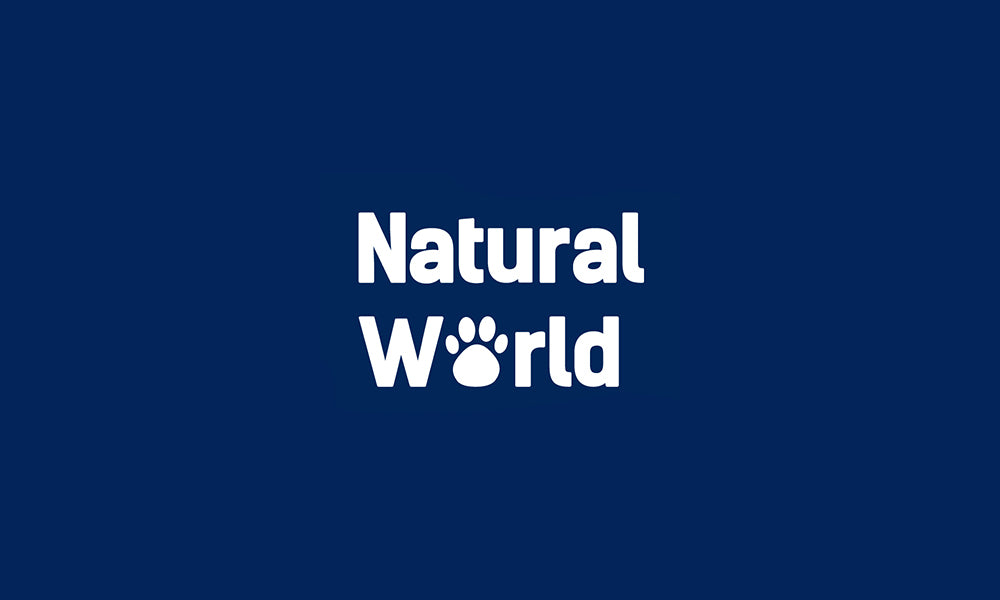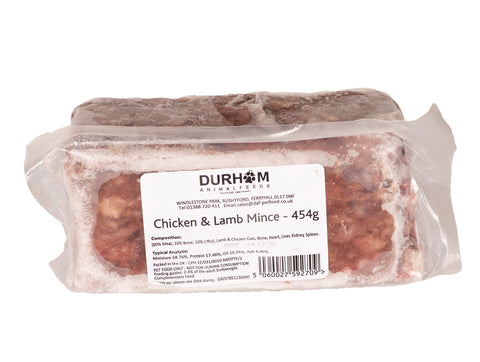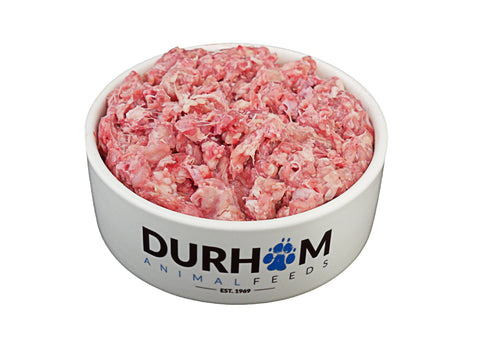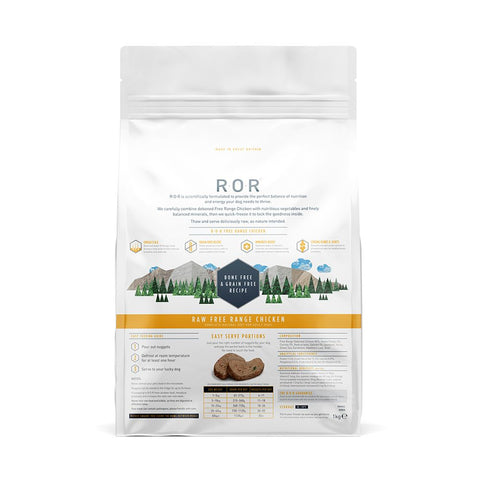Guide To Caring For Milk Or King Snakes

Adults are relatively small, easy to feed and can withstand a relatively large temperature range. They are generally good natured and can be ideal as a first pet snake. There is a wide variety of species and an increasing array of domesticated colour morphs available.
King and milk snakes are not social animals so they are best kept singularly.
General Care
Your snake's eyes will become cloudy from time to time, which indicates that it is about to shed its old skin, and higher humidity in its housing is useful at this time to assist the shed. Make sure you check that both eye covers are shed successfully, as sometimes the protective scale that covers the eye does not shed correctly.
Respiratory problems can be indicated by mouth gaping and/or bubbly mucus from the mouth or nostrils. Mouth gaping or inability to close neatly, due to swelling, can be indicative of mouth infections.
Check your snake regularly for mites, which are tiny external parasites that live off your pet's blood. Many pet shop sell remedies for mites, however, more serious infestations may need veterinary prescribed treatments.
If you are at all worried about the health of your snake, you should consult a vet as soon as possible. It is recommended to seek a vet with reptile experience.
Choosing Your Snake
Good health is indicated by the snake being alert and inquisitive, usually through extensive tongue flicking in new situations. Your snake should also feel 'strong', and not flaccid, in your hands. Good condition is indicated by a body cross-section that is more rounded than angular.
The vent area should be clean and free of any encrustation, indicative of diarrhoea. The body should be symmetrical, clean, and free of swelling, unless recently fed.
Housing
A well ventilated, adequately heated, escape-proof vivarium is the best housing for your king or milk snake. Many snakes are frequently inactive, and will voluntarily live comfortably for days, or even weeks, in a space just sufficient to accommodate their coiled bodies, however, long-term this will not be enough for your snake. The accommodation should be of such a size to allow freedom of movement and be at least two-thirds the length of the snake, preferably larger if you have space.
There must be no gaps between glass sliding doors sufficient to allow a hatchling to squeeze through.
Lighting
UVB lighting is not essential for king or milk snakes, but they are likely to benefit from the provision of a normal UVB light pattern to recreate their natural conditions.
Temperature
All reptiles are cold-blooded and need an external heat source to maintain their body temperature. One end of the vivarium should be heated to create a thermal gradient, allowing the snake to choose its preferred temperature. The ideal thermal gradient is 24-25oC at the cool end and 30-32oC at the hot end. Night temperature can be dropped by several degrees at both ends, which will benefit your pet as this reflects his natural environment.
Background heat can be provided by using heat mats and more intense heat by spotlights or heat lamps. Your pet shop can advise on heating products that are suitable.
Thermometers should be placed at each end to monitor the temperature range and the maximum temperature of the heat gradient can be controlled by a thermostat. You should fit wire mesh guards over exposed heat sources to prevent thermal burns.
Furnishings
The floor of the cage should be covered with a suitable substrate, which your pet shop can advise on. Aspen causes minimal problems and allows for burrowing behaviour. It is very important to provide hiding places in both the cooler and hotter ends of the vivarium and to ensure that the substrate under at least one hide is kept relatively moist – which facilitates better skin shedding. Piles of rocks, securely positioned slates, and other such furnishings will be appreciated by your pet.
Cleaning And Watering
King or milk snakes should be provided with a no-tip water bowl, which is large enough for the snake to submerge in, especially when shedding its skin. This should be washed and cleaned regularly.
Vivariums should be spot cleaned, as soon as droppings are produced, and disinfected with a pet safe disinfectant occasionally.
The soiled substrate should be safely disposed of and replaced with fresh.
Handling
King and milk snakes can occasionally bite unexpectedly, without striking, often because they are hungry. A bite from a hatchling is uncomfortable rather than painful, and if handled gently they will soon become tame. Your snake should be held loosely and supported at the middle and rear of the body, the handler's movements being slow and deliberate.
It is important to remember to always wash your hands before and after handling. Never attempt to handle a snake until it has settled down and is feeding regularly.
Reptiles can carry a form of Salmonella, which can be transferred to humans. Good hygiene and washing your hands after handling your snake should be sufficient to prevent any risk of infection.
Food And Water
King and milk snakes are carnivores and feed principally on mice or rats, which they consume whole. The food offered should be no larger than a maximum of one and a half times the diameter of the snake's mid-body. Young snakes can be fed every 2-5 days and adults fed every 7-14 days. Adults in breeding mode may fast for many weeks.
Frozen feed needs to be carefully thawed and warmed to blood temperature before offering to avoid stomach upsets and vomiting.
Regurgitation can also be caused by too low environmental temperature and some diseases.
Handling a king or milk snake before, during, or after feeding, or when the odour of its food is on your hands, may result in a painful bite.
Shopping List
Vivarium
Water bowl
Heat mat/heat bulb
Substrate
Thermostat
Hide(s)
Thermometer(s)
Branches
Pet safe disinfectant
Frozen mice/baby rats
A good book that covers king and/or milk snakes
The Animal Welfare Act 2006 means all pet owners have a legal duty of care to their pets. Anyone who is cruel to an animal or is found not to be providing the five animal welfare needs, as listed below, can be fined and sent to prison.
The Five Animal Welfare needs:
1. Environment: Pets should be given the correct housing according to its size, this includes shelter, space to exercise and a secure, comfortable place to rest.
2. Diet: Pets should be offered the correct type and volume of food to cover all their nutritional needs alongside access to clean, fresh water.
3. Behaviour: All pets should be allowed to exhibit normal behaviour patterns and should be provided with the facilities to do so.
4. Company: Some animals require the company of their own kind, whilst others should be kept on their own.
5. Health: All animals should be protected from pain, suffering, injury, and disease, and given veterinary treatment if they become sick or injured.
Credit to The Pet Charity www.thepetcharity.org.uk
Registered Charity No: 1052488










